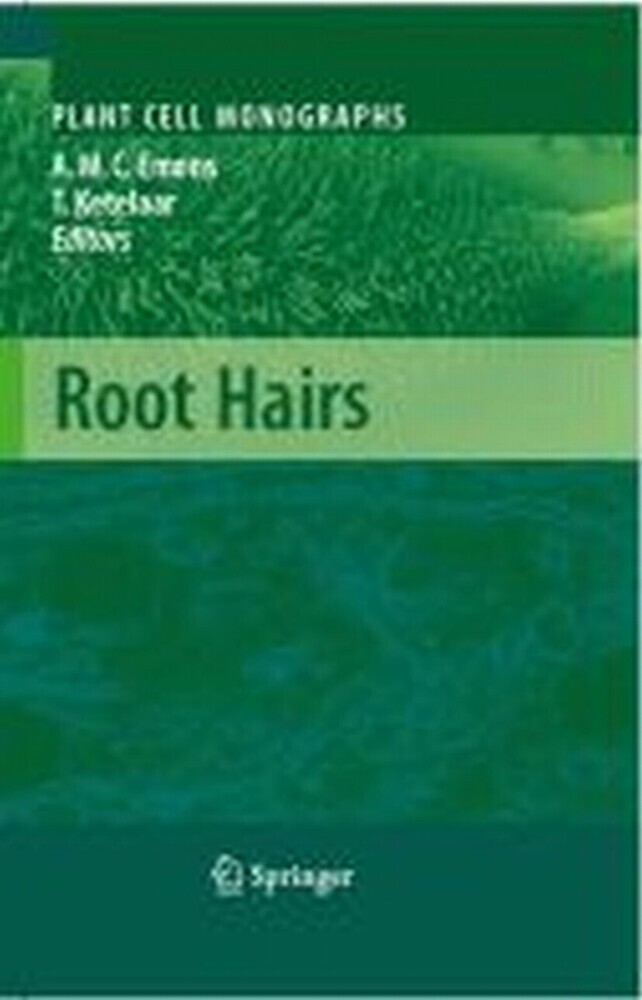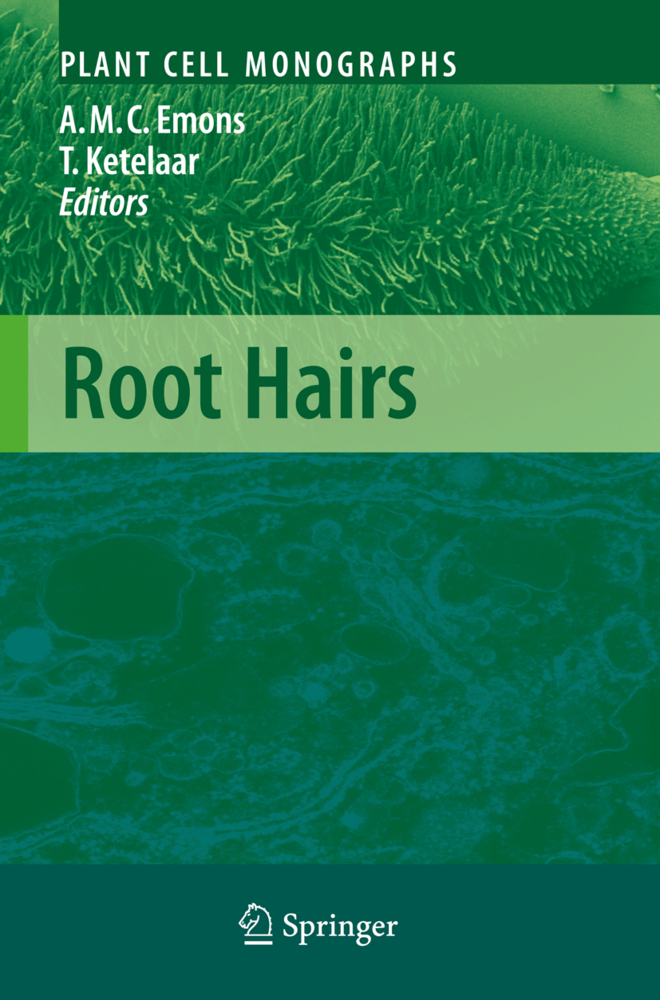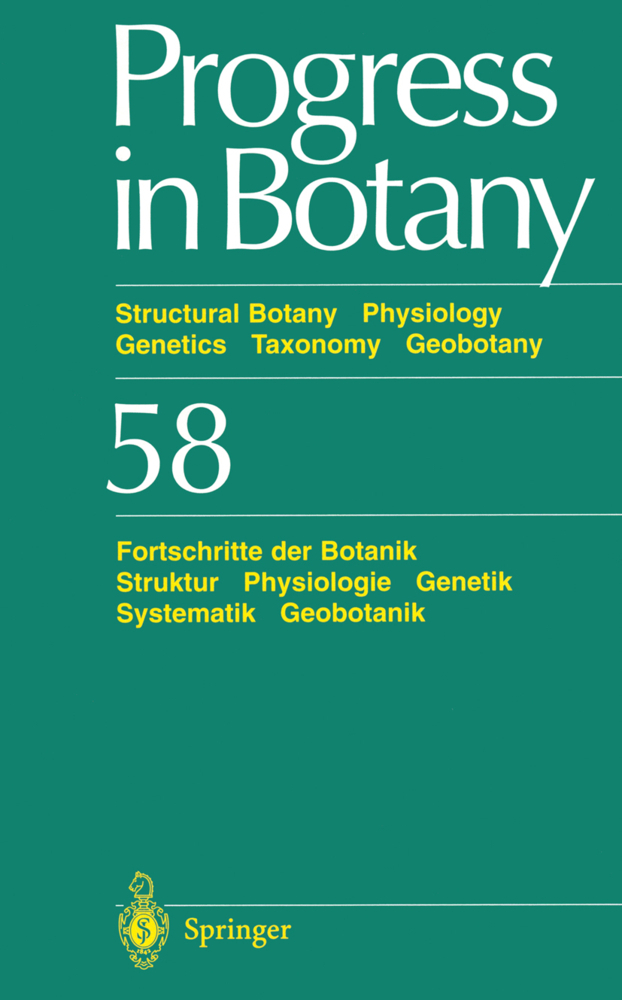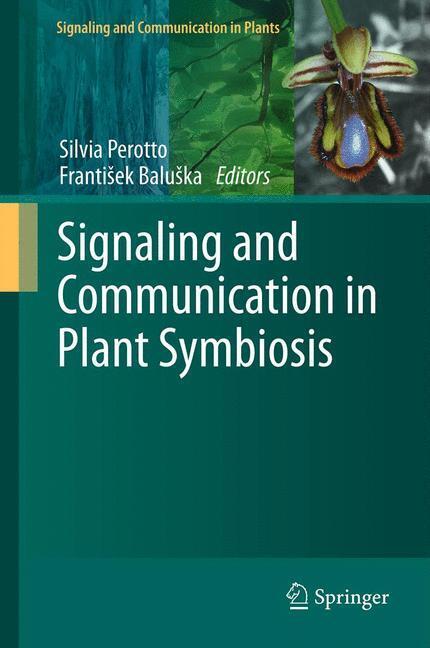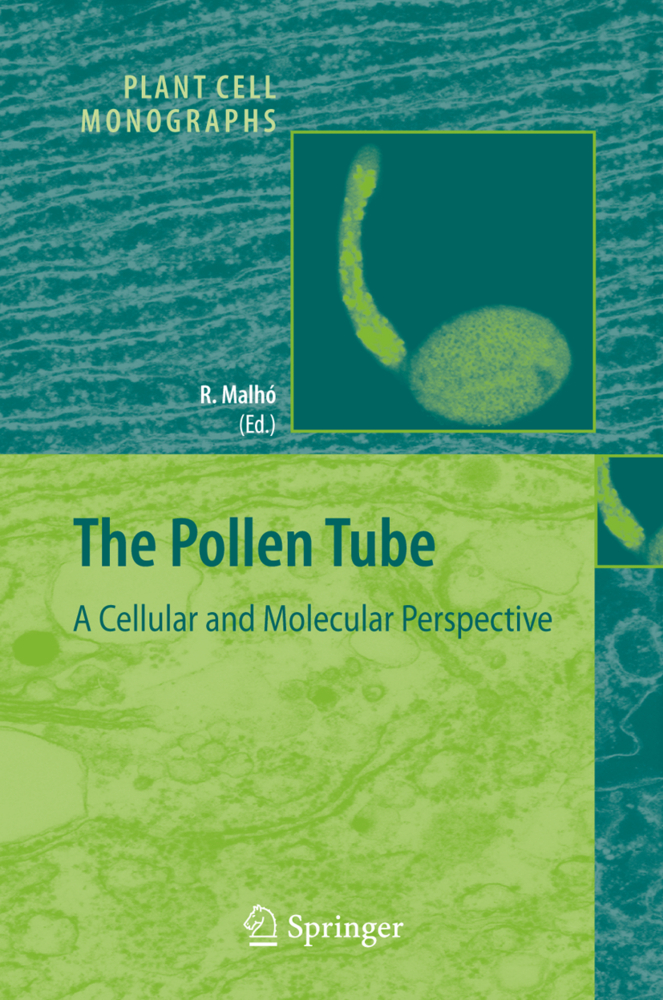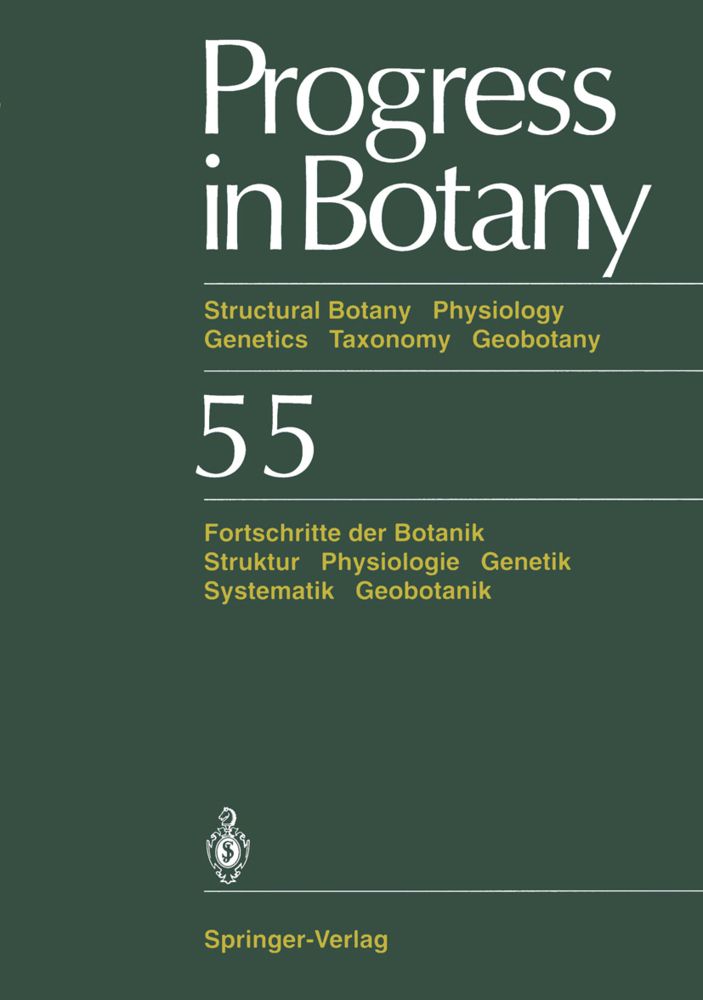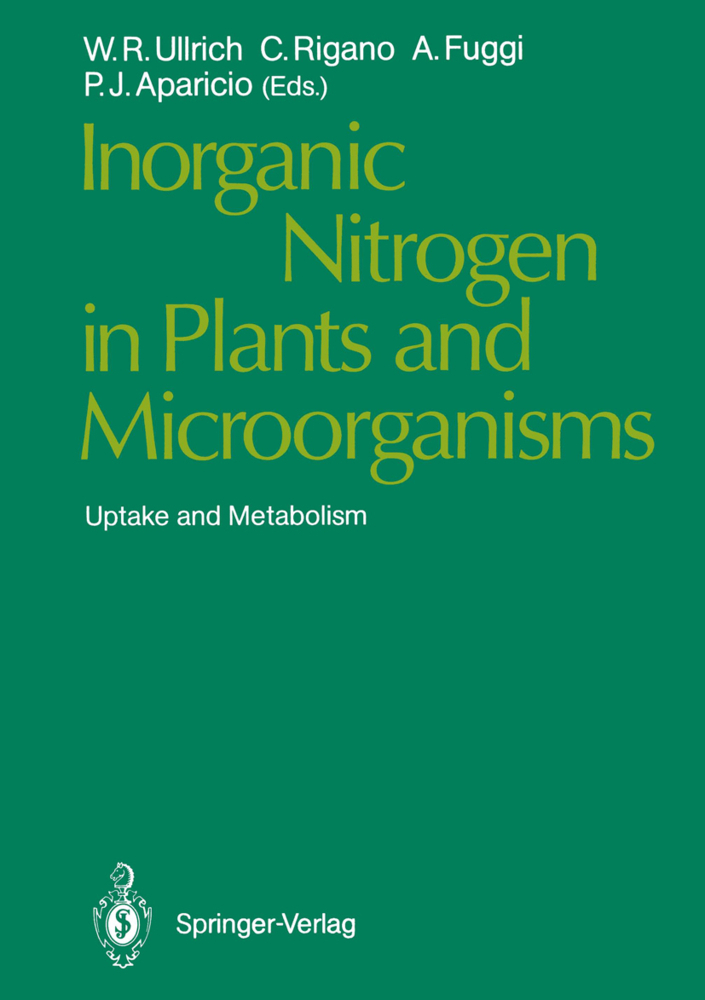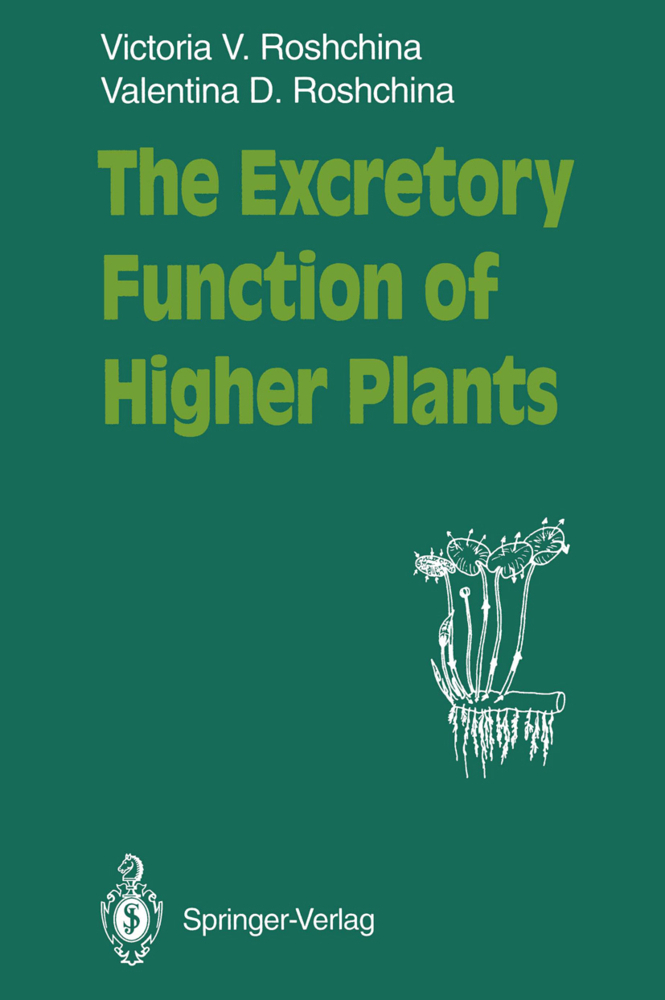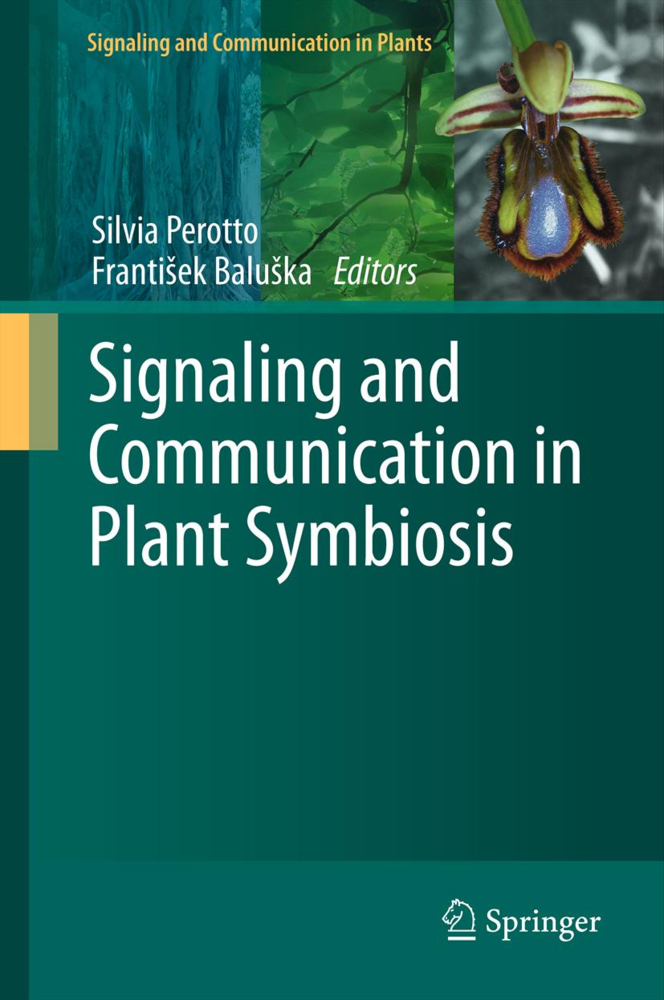Root hairs, the tip-growing extensions of root epidermal cells, are a model system for answering many plant cell and developmental biology research questions. This book, written by experts in the field, covers the research up to 2008 on cellular, genetic, electrophysiological and developmental aspects of root hair growth, as well as the interaction of root hairs with rhizobia and mycorrhizae in the establishment of symbiosis. With a wealth of information on technical and experimental aspects useful in the laboratory, this comprehensive book is a valuable resource for researchers and students in the broad field of plant cell and molecular biology.
Prof. Anne Mie C. Emons
Studied Biology (MSc 1969, cum laude) at the Radboud University of Nijmegen, the Netherlands, and after a family break completed her PhD at the same university in 1986. Postdoctoral studies at Wageningen University in 1987, and at the John Innes Centre, Norwich, UK, on an EMBO grant in 1988 in the department of Dr. Keith Roberts. From 1988 Assistant, Associate and later Full Professor at Wageningen University, laboratory of Plant Cell Biology and since 2002 Advisor Bio-organization FOM Institute AMOLF, Theory Biomolecular Matter group.
Major research interests: Plant cell biology, cell polymers: actin filaments, microtubules and cellulose microfibrils, plant cell cyto-architecture, tip growth, legume root hair, rhizobium interaction
Dr. Tijs Ketelaar
Studied Plant Breeding (MSc 1996) at Wageningen University, the Netherlands, followed by a PhD at the Laboratory of Plant Cell Biology at Wageningen University in 2002. From 2001 to 2004 Postdoctoral research in the laboratory of Professor Patrick Hussey at the University of Durham, UK, followed by a VENI fellowship of the Dutch Science Foundation (NWO) at the Laboratory of Plant Cell Biology of Wageningen University (2004-2007). Since 2007 Assistant Professor at the same laboratory.
Research interests: cytoskeleton, plant cell cyto-architecture, polar cell expansion, root hairs
1;Editors;6 2;Preface;7 3;Contents;9 4;Contributors;11 5;Genetics of Root Hair Formation;15 5.1;1 Introduction;15 5.2;2 Genetics of Root Hair Cell Specification;20 5.3;3 Genetics of Root Hair Initiation;24 5.4;4 Genetics of Root Hair Elongation ;25 5.5;5 Environmental Regulation of Root Hair Development;30 5.6;6 Protocol: Rapid Preparation of Transverse Sections of Plant Roots;31 5.7;References;31 6;Intracellular Organization: A Prerequisite for Root Hair Elongation and Cell Wall Deposition;41 6.1;1 Introduction: The "Tip-Growth Unit" Concept;41 6.2;2 The Vacuole;43 6.3;3 The Nucleus Must Be at a Certain Distance from the Growing Root Hair Tip for Fast Tip Growth;44 6.4;4 The Subapical Cytoplasmic Dense Area;46 6.5;5 The Cytoskeleton ;48 6.6;6 Plasma Membrane, Cellulose Synthase Complex, Cellulose Microfibril;50 6.7;7 Cell Wall Texture;51 6.7.1;7.1 Root Hair Cell Wall Texture;52 6.7.2;7.2 Comparison of Methods for Cell Wall Texture Evaluation;53 6.8;References;55 7;Auxin and Root Hair Morphogenesis;59 7.1;1 Root Hairs Provide an Auxin-Responsive In Planta Single Cell System;59 7.2;2 Auxin Signaling and Root Hair Development;64 7.3;3 Auxin Transport and Root Hair Development;68 7.4;4 Protein Phosphorylation, Auxin, and the Root Hair;70 7.5;5 Auxin and Polarity in Root Hair Morphogenesis;71 7.6;6 The Root Hair Cell System to Study Auxin Transport;72 7.7;7 Measurement of Root Hair Length;73 7.8;References;74 8;The Membrane Dynamics of Root Hair Morphogenesis;79 8.1;1 Introduction;79 8.2;2 The Secretory Pathway;80 8.3;3 Membrane Traffic;82 8.3.1;3.1 Five Steps in Vesicle Trafficking;82 8.3.2;3.2 Membrane Fusion;88 8.3.3;3.3 The Gating of Membrane Fusion;89 8.3.4;3.4 The Role of Calcium in Membrane Fusion;90 8.3.5;3.5 Fidelity, Speed, and Efficiency in Membrane Fusion;90 8.4;4 The Establishment and Maintenance of Polarity;90 8.4.1;4.1 An Intrinsic Positional Cue;91 8.4.2;4.2 Lipid Rafts;91 8.4.3;4.3 ROP Signaling;93 8.4.4;4.4 The Exocyst;94 8.4.5;4.5 The Maintenance of Polarity;94 8.5;5 Open Questions and Conclusions;96 8.6;References;96 9;Plant Cell Wall Biogenesis During Tip Growth in Root Hair Cells;99 9.1;1 Introduction: Plant Cell Walls and Tip Growth;99 9.2;2 Synthesis and Delivery of Cell Wall Components in Plants;102 9.3;3 Tip Growth: Cell Wall Deposition vs. Cell Wall Expansion;102 9.4;4 Cellulose Biosynthesis: Cellulose Synthases;103 9.5;5 Cellulose-Synthase-Like Proteins;104 9.6;6 Xyloglucan Synthesis and Remodeling;105 9.7;7 Pectins;107 9.8;8 Structural Cell Wall Proteins;108 9.9;9 Conclusions and Directions;110 9.10;10 Root Hair Immunolocalization Protocol;110 9.11;References;112 10;Modeling Tip Growth: Pushing Ahead;117 10.1;1 Introduction;117 10.2;2 The Delivery of the Vesicles;121 10.3;3 The Biomechanics of the Cell Wall;127 10.4;4 Outlook;131 10.5;References;133 11;Root Hair Electrophysiology;137 11.1;1 Introduction;137 11.2;2 In Situ Vacuolar Electrophysiology Using Root Hairs;138 11.2.1;2.1 Electrical Model of the Root Hair;139 11.2.2;2.2 Electrophysiological Measurements;142 11.2.3;2.3 Cable Properties and Electrical Coupling;143 11.2.4;2.4 Beyond Potential and Resistance;143 11.3;3 Ion Transport in Root Hairs;145 11.4;4 Ion Transport and Root Hair Morphogenesis;152 11.5;5 Concluding Remarks;153 11.6;References;153 12;Calcium in Root Hair Growth;159 12.1;1 Introduction;159 12.2;2 Calcium Gradients in Root Hair Development;160 12.3;3 Establishment of Tip-Focused Calcium Gradient;164 12.4;4 Ca 2+ -Dependent Regulation of Apical Growth;169 12.5;5 Conclusions and Perspectives;174 12.6;6 Methods: Ca 2+ Imaging in Root Hairs;175 12.7;References;178 13;Phospholipid Signaling in Root Hair Development;185 13.1;1 Introduction;185 13.2;2 Overview of Phospholipids as Site-Specific Signals;186 13.3;3 Phosphoinositide Signaling in Root Hair Development;191 13.4;4 Phosphatidic Acid Signaling in Root Hair Development;193 13.5;5 Other Lipid-Related Signals in Root Hair Development;194 13.6;6 A Hypothesis of the Signaling Network
Emons, Anne Mie C.
Ketelaar, Tijs
| ISBN | 9783540794059 |
|---|---|
| Artikelnummer | 9783540794059 |
| Medientyp | E-Book - PDF |
| Copyrightjahr | 2010 |
| Verlag | Springer-Verlag |
| Umfang | 346 Seiten |
| Sprache | Englisch |
| Kopierschutz | Digitales Wasserzeichen |

